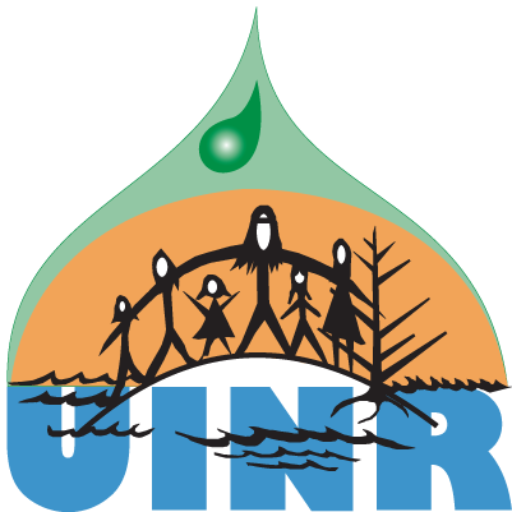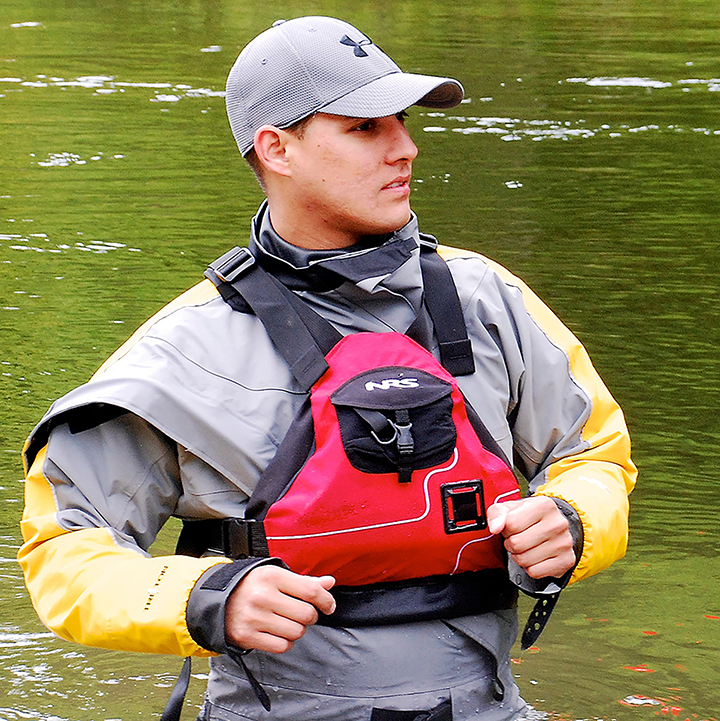UINR’s Tyson Paul, Mi’kmaq Environmental Monitor for the Maritime Link project, holds a Bachelor of Science Community Studies degree from Cape Breton University and was enrolled in a Bachelor of Engineering Technology in Environmental Studies before taking the position of Research Assistant with UINR (Unama’ki Institute of Natural Resources) in 2009. Tyson has certification in Erosion and Sediment Control from the Department of Transportation, and Environmental Field Procedures for Working in and About Water from VOI Training Group.
Tyson’s role as the Mi’kmaq Environmental Monitor is to ensure that environmental concerns identified by the Mi’kmaq receive appropriate remediation during the implementation of the project.
Since Tyson began in January and to prepare for site visits, Tyson received safety training and familiarized himself with project activities, timelines, concerns, and proposed remediation by reviewing project reports, in particular Mi’kmaq concerns and areas of significance for plants and animals, including fish:
- Maritime Link Environmental Assessment Report (2013)
- Mi’kmaq Fisheries of Unama’ki (2012)
- Appendix A Additional Proposed Grounding Line
- Fishing Activities of the Mi’kmaq of Nova Scotia (Excluding Bear River) (2014)
In addition to his on-the-ground efforts, this summer Tyson attended the Memksi job fair in Membertou and an open business forum during the Mi’kmaw Summer Games in Millbrook where he provided information to people who wanted to know more about the project’s environmental concerns.
With the work progressing, Tyson is planning weekly visits to the site with Scott MacLauley, Environmental Monitor with Emera Newfoundland. Their role is to assist construction workers in following the erosion and sediment control plan for all sites under construction that may be affected–Big Lorraine, Pt. Aconi, and Woodbine. Two areas in Big Lorraine had sediment run-off to the ocean that was quickly remediated by installing silt fences and hay beds. Proper erosion control methods using hydro seeding and riprap are in place at Woodbine and Point Aconi locations.
Further project coordination activities to be undertaken, with the assistance of KMKNO, will further define Tyson’s role and develop protocols for responding to issues identified by communities during the project.
tyson@uinr.ca

